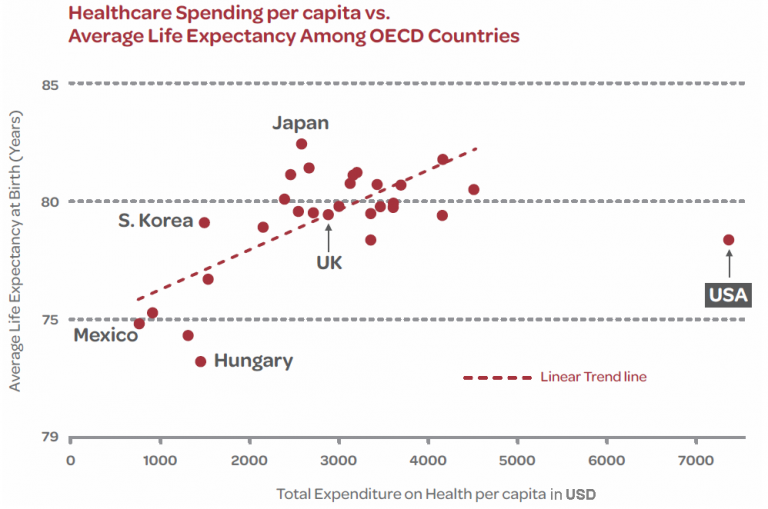Welcome to our series discussing the future of healthcare. Over the next several weeks, we’ll walk you through the current state of healthcare and the concrete actions you can take to position your organization for success in an evolving landscape.
The future of healthcare is uncertain. Of course it is. In the United States, this is a given. I could have made this statement at any point since modern medicine started in the 1920s and it would have been equally true. When you look across the landscape of providers, payers, and regulators today you’ll see a group of people in a constant state of flux. So, what is causing this today? I would argue that there are two main drivers, which include:

The healthcare marketplace is trying to continually accomplish two seemingly straightforward goals: to improve health outcomes and decrease costs across the entire system of care. It just so happens that this is occurring in an environment where everything is progressing at lightspeed: research, technology, disease, regulations, and finance reform. Today’s buzzwords are things like precision medicine, value-based payments, wearables, health homes, interoperability, population health management, and telehealth. It’s hard to stay current with these concepts, considering they constantly evolve, but it’s even more difficult for healthcare providers to operationalize them. This fractured environment makes it extremely difficult for healthcare organizations to thrive. They are being asked to improve outcomes and reduce costs, all the while constantly responding to new external initiatives, pressures, technology, and reduced reimbursement.
This is like asking a pilot to land a 747 on an aircraft carrier.
Through this uncertainty, the only constant is change. While this may not sound comforting, working with it instead of against it can propel an organization forward. Companies can’t predict the exact future of healthcare, but they can set themselves up to be agile and forward-thinking. This will allow them to shift when necessary to respond to external pressures, but will also create a solid foundation of low costs and high-quality services to match the trend toward value-based, data-driven healthcare.
Check out the next post in the series, in which we introduce step one in a four-part roadmap that guides organizations to position themselves well for the future of healthcare. It’s not an easy path, but it is necessary to remain viable in an environment of extreme consolidation and competition around clients and revenue.
All Thought Leadership